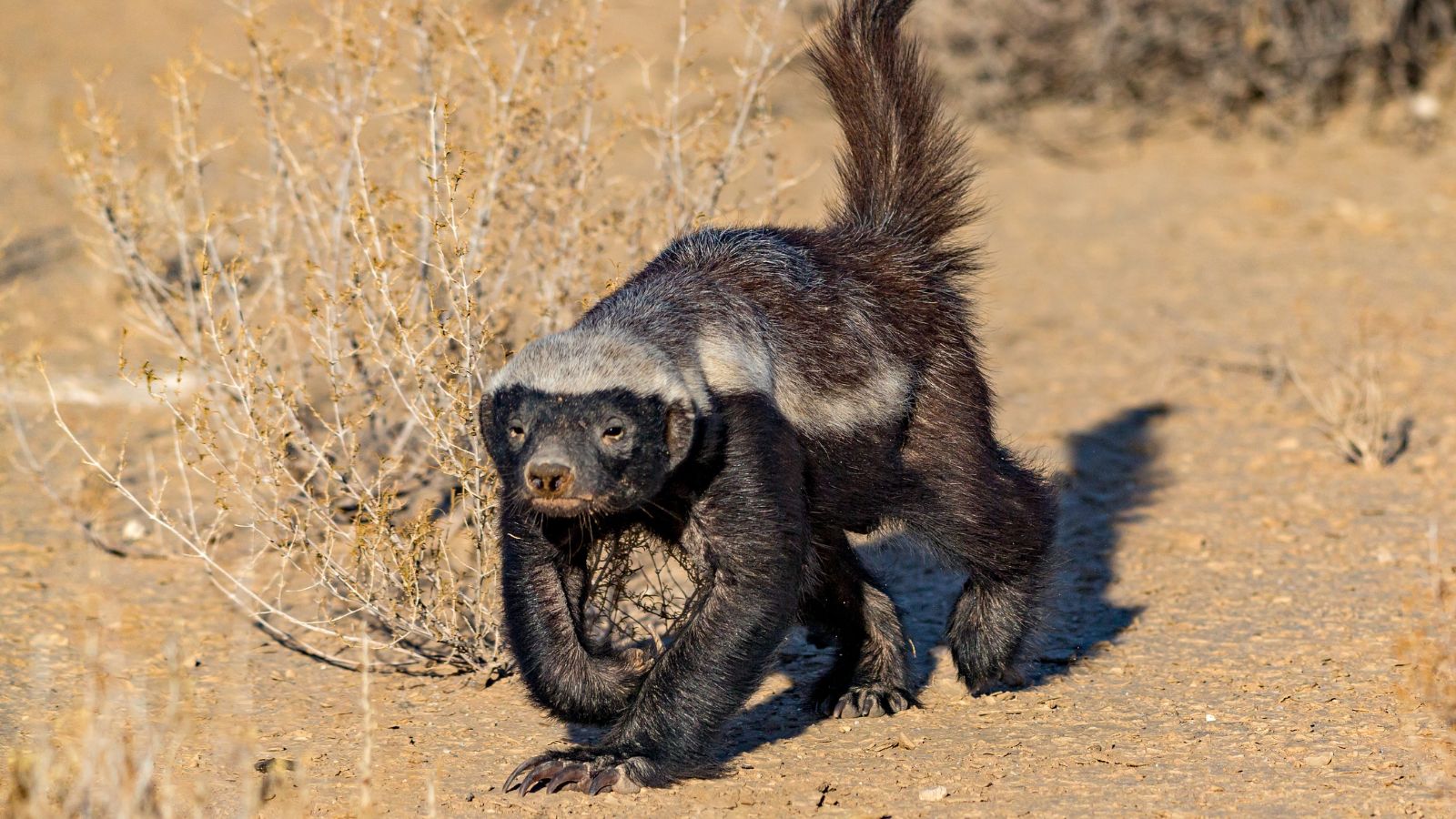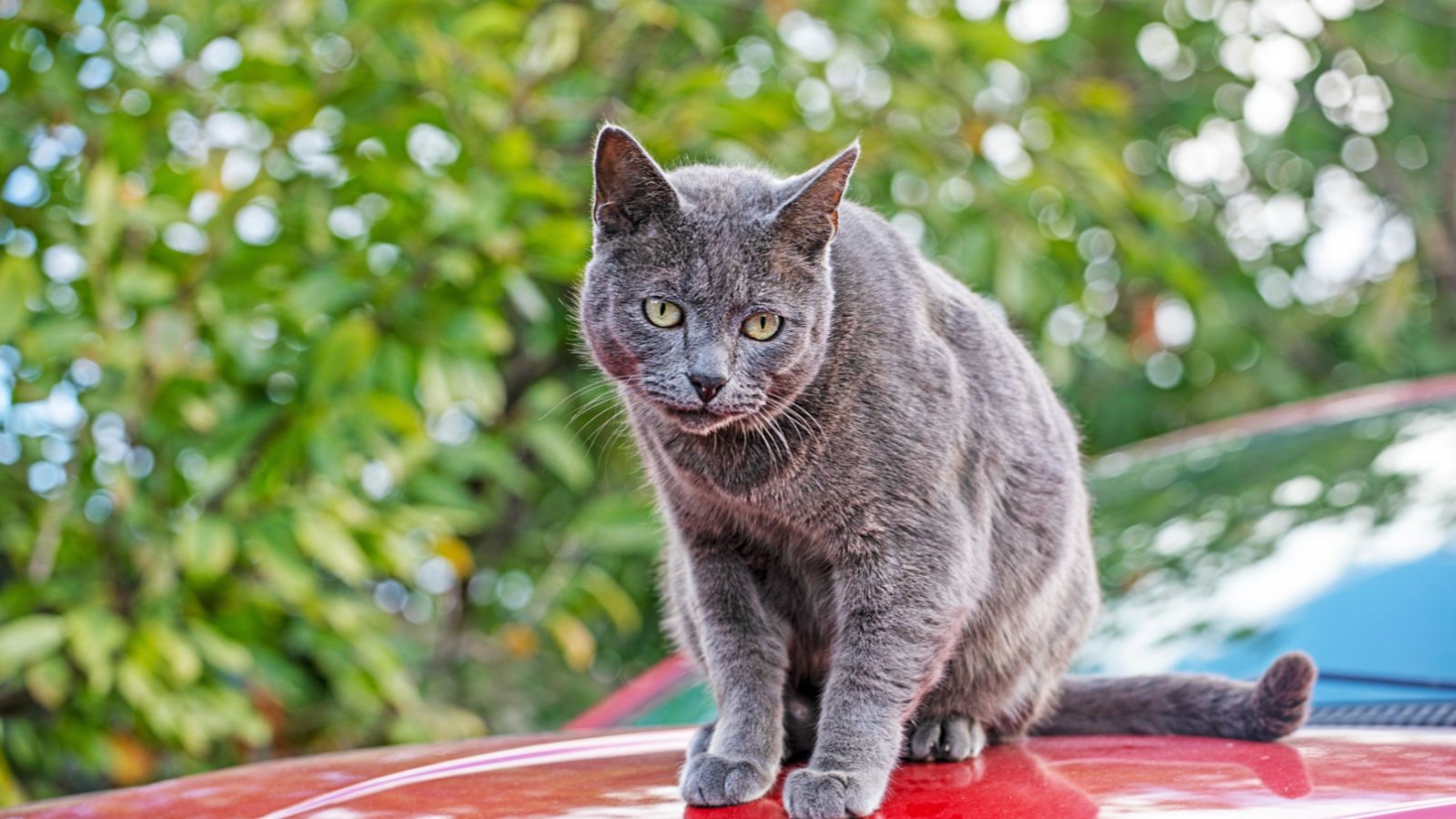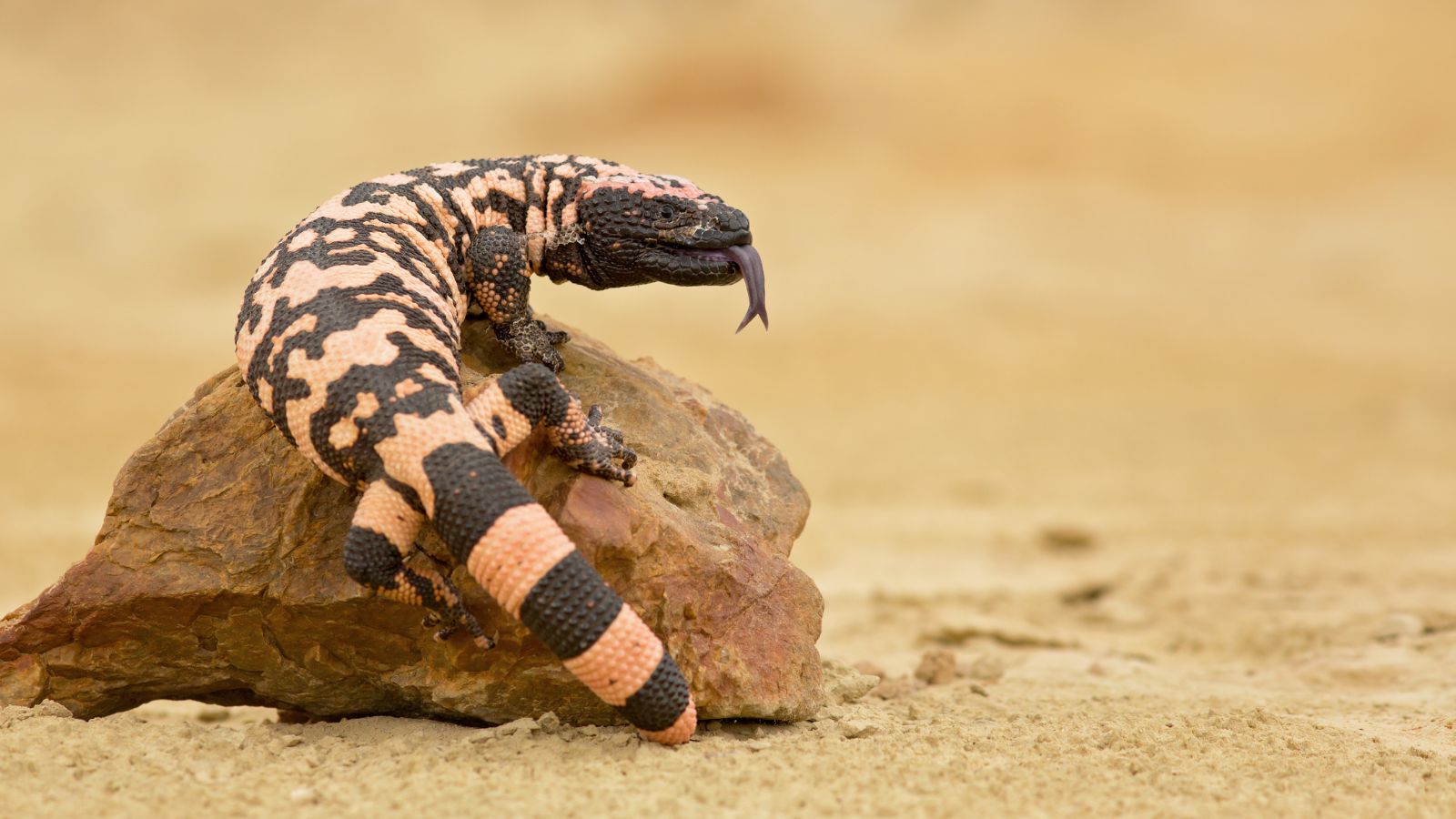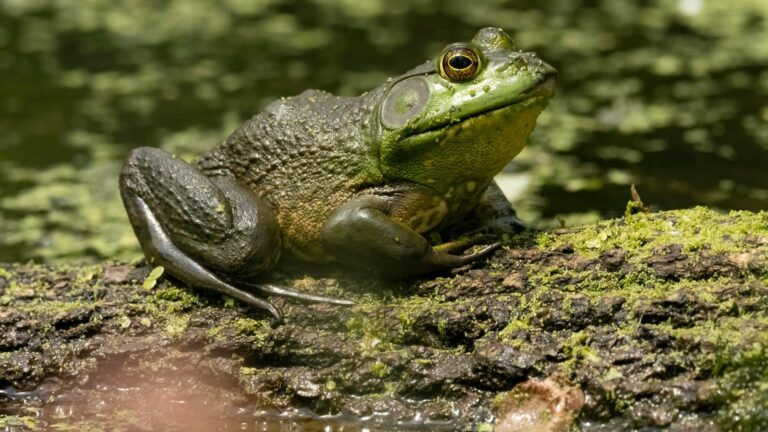When we think of rattlesnakes, we often imagine them as formidable predators to be avoided at all costs. However, it’s surprising to learn that many animals are not only unafraid of rattlesnakes but also willing to attack or even prey on them. Curious to find out more? Read on to discover 17 animals that rattlesnakes fear the most.

Mongooses are speedy and agile, which helps them dodge snake strikes and take down surprisingly powerful species, including rattlesnakes. In fact, National Geographic says the mongoose is one of the most famous snake predators around the world. While they’re not immune to venom, they’re usually quick enough to avoid it.
Badgers

Badgers are famously proficient at digging and maneuvering underground, so rattlesnakes may get a nasty surprise if they find themselves in one of their burrows. Their strength, tenacity, and thick skin enable them to overpower rattlesnakes without feeling particularly worried for their own safety.
Hawks

Hawks are famous for their incredible eyesight, speed, and agility. This skill set allows them to swoop down on many species, including rattlesnakes, and catch them with their sharp talons before their victim knows what’s happening. They are also able to avoid venomous bites by attacking from behind or swiftly breaking the snake’s neck.
Great Horned Owls

Like hawks, great horned owls are able to ambush rattlesnakes with their talent for stealth and agility. They also have incredible night vision, which enables them to take their prey by surprise in the dark of night. Their sharp talons and breaks are highly effective at quickly killing whatever they get their claws on.
Kingsnakes

Did you know that kingsnakes have a natural immunity to rattlesnake venom? This helps them stay safe from their attacks while overpowering them with their powerful constricting capabilities. Kingsnakes are known to prey on many other species of snakes, including venomous varieties.
Coyotes

Coyotes are sneaky, opportunistic killers that will sometimes attack rattlesnakes when they can take them by surprise. While they’re not immune to venom, coyotes will usually aim to kill rattlesnakes swiftly with a powerful bite to the head, which helps them stay protected from venomous attacks.
Roadrunners

Roadrunners are famously fast and agile, which allows them to kill rattlesnakes quickly and efficiently. They’re not immune to venom, so they typically attack young snakes and peck the back of their heads to avoid being bitten. These two species share many of the same habitats, so encounters between them are fairly common.
Bobcats

Bobcats are proficient hunters that are able to sneakily ambush rattlesnakes and take them down before they can react. This helps them stay safe from venomous attacks when going in for the kill. Their strong claws and powerful jaws also help to get the job done swiftly.
Turkeys

You may be surprised to see turkeys on this list, but while they won’t typically attack rattlesnakes for food, they have been known to do so in order to protect their young. They are even able to kill rattlesnakes with their beaks and talons, after which they will often consume the non-venomous parts of the body.
Feral Cats

Feral cats may look pretty small and cute, but they’re actually capable of taking on venomous species, including rattlesnakes. They make use of their lightning-fast reflexes and agility to avoid being bitten while going in for an attack. However, they usually only fight them in self-defense.
Crested Caracaras

While crested caracaras usually scavenge for their food, they are still capable of taking down many kinds of live prey, including rattlesnakes. They’re rather bold in nature and can use their sharp beaks and talons to attack and kill several species of snakes.
Striped Skunks

Most mammals are fearful of rattlesnakes’ venomous attacks, but striped skunks are one of the exceptions. These fuzzy little guys are immune to their venom, enabling them to attack and eat rattlesnakes. Their thick fur and agility also help keep them safe against snake strikes.
Gila Monsters

According to the Natural History Museum, while there aren’t many venomous lizards out there, the Gila monster is one of them. While it’s rare that they will prey on rattlesnakes, they sometimes will, given the right opportunity. When they do, their powerful venomous bites can help them secure the kill with relative ease.
American Bullfrogs

American bullfrogs are large and surprisingly powerful, with a bite strong enough to kill small snakes. While they’d have a tough time taking on an adult rattlesnake, they sometimes prey on juveniles. Encounters are fairly common due to the fact that these two species share many of the same habitats.
Foxes

Foxes are cunning, agile creatures that can use their smarts and skills to outmaneuver and kill rattlesnakes. While snakes don’t make up a large portion of their diet, they will sometimes resort to attacking snakes when their other food sources have run dry.
Herons

Great blue herons are large, majestic birds that are capable of using their sharp beaks and long legs to attack rattlesnakes from a distance, keeping them safe from venomous attacks. They have been known to prey on small rattlesnakes in wetland areas, often swallowing them whole in one gulp.
Weasels

According to Oxford Academic, weasels are known for their ability to take down prey much larger than themselves. So while they may be small, their ruthless nature, agility, and speed allow them to boldly attack rattlesnakes significantly larger than they are. However, they are mostly known to kill and consume younger or smaller snakes to avoid getting hurt in the process.

